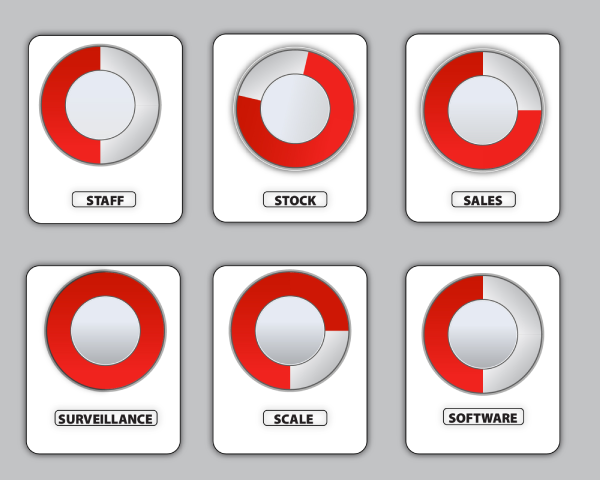Welcome to the fascinating and lucrative world of franchising, where there are no limit for opportunities to the entrepreneurs, looking to invest in established businesses. Did you know that franchising is a significant contributor to the global economy and according to International Franchise Association (IFA), franchising accounts for over 2.3 trillion dollars in annual economic output and employs millions of people worldwide? However, the success of franchises is not guaranteed, and many factors can influence the outcome. Research shows that the success rate of franchisees varies greatly with studies estimating that up to 30 of the franchisees fail within the first few years of operations this highlights the importance of conducting a thorough evaluation to mitigate the risks and maximize the chances of success.
The 7 Parameters for Evaluating a Franchise are to be followed:
1. Strengths and Weaknesses of the Business:
Before buying a franchise, it’s essential to understand the business thoroughly and analyze the high and low selling seasons, critical success factors such as what are the other critical success factors like the location, the pricing and the customer experience etc.
2. Geographical Areas of Expansion:
Examine the franchise’s growth plans, including the growth plan of the company which cities with states and countries are they planning to expand in Phase 1 Phase 2 and so on.
3. Systems and Team:
Assess the systems and team how strong are the franchisors SOPs like- Do they have a franchisee manual in place? Do they have a strong mid-level management team to handle your day-to-day issues and queries and concerns.
4. Financial Model:
A well-defined financial model will aware you about the investment break up operating costs, Revenue projections break-even sales ROI support the franchisor would offer in terms of marketing operations technology Etc
5. Exit Strategy:
In case your franchise doesn’t perform as expected or any unforeseeable reasons. A clear exit strategy is crucial and understanding the exit plan will prepare you for any unexpected challenges.
6. Legal Franchise Agreement:
Legal franchisee agreement is the agreement that is well defined with all the terms and conditions and also go through all legal aspects like- Are there any grey areas like who would bear the offers and the schemes discounts? What about here on your maintenance of furniture fixtures and equipments? What about your support in terms of training your team and so on.
7. Clearly Defined Roles and Responsibilities:
Establishing clear expectations and deliverables from the beginning is crucial. A franchisee-franchisor relationship is same to a marriage, and asking questions and clarifying roles one on one is essential to avoid difficulties later on.
Buying a franchise is a significant step, and its success basically depends on your ability to assess and manage over the various parameters. These above parameters discussed in this article provide a comprehensive framework for assessing franchise opportunities and also emphasized over the due diligence that can significantly reduce the risk of franchise failure, which affects 74% of franchise businesses. Approaching with the right strategy and mindset will lead you toward the right path to achieve success. Whether you’re a franchisee or franchisor, the clear evaluation is the key to building a successful franchise business.
Takeaway Tip
For those, who are considering to own franchisee ship, a valuable strategy is the key to make investing. In this model, you convert an existing, profitable company-run into a franchise. This approach minimizes risks because the location’s success and sales numbers are already established. In Addition, operational data is readily available for improvements and adjustments.
About YRC
Your Retail Coach is a progressive retail consultancy firm with 12+ years of experience in delivering exceptional and exclusive services to the retail industry.
For more information on Retail & E-commerce, refer to: Retail & E-commerce Vlogs: https://www.youtube.com/c/YOURRETAILCOACH
Retail & E-commerce Blogs: https://www.yourretailcoach.in/blog/
Do This for a Successful Franchise Business: 7 Parameters to Evaluate Before Buying a Franchise : https://www.youtube.com/watch?v=45kLNRmv-XY
Retail Healthometer
Check the health of your business? Are you ready to organize & scale ?












